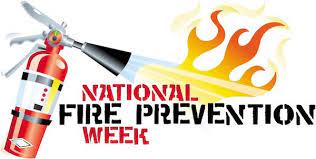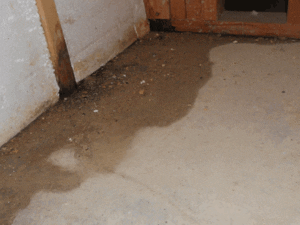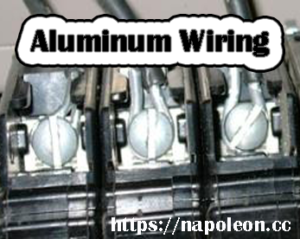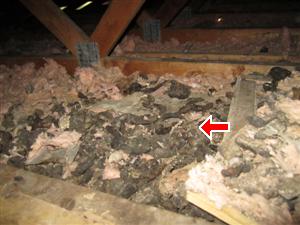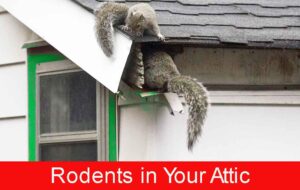Fire Prevention Week
Fire Prevention Week was established to commemorate the Great Chicago Fire in 1871. This great catastrophe killed over 250 people and left a 100,000 homeless. IN 1925 President Calvin Coolidge proclaimed the first Fire Prevention Week. In Canada Fire Prevention Week was declared by the Governor General in 1919.
Fire Prevention personnel in Fire Departments follow the three E’s. They are Education, Engineering and Enforcement. Education is the primary role of Fire Prevention Week with National Programs targeting a specific area of Education and also including visits to schools and manning educational booths in high traffic areas. Many Fire Departments have Smoke Trailers or similar devices which allow school children to participate directly in a learning environment.
Stop, Drop and Roll is a primary example of the type of teaching Fire Prevention officers teach to young and old alike. Fire extinguisher training is also carried out in supervised instructional settings. New video technology allows mass training in classroom environments.
One of the most important messages your local fire department promotes frequently is to make sure you have a smoke detector installed and you test it monthly to ensure it works. Did you know that many people don’t test their smoke alarms as often as they should? When there is a fire, smoke spreads fast. You need working smoke alarms to give you time to get out. Test yours every month! In the US approximately one third of all deaths related to fire in the home occurred where there was no working smoke detector.
There are two types of smoke detectors commonly used, Ionization and Photoelectric. Ionization type smoke detectors have a small particle of radioactive material between two electrically charged plates, which ionizes the air and causes current to flow between the plates. When smoke enters the chamber, it disrupts the flow of ions, thus reducing the flow of current and activating the alarm.
Photoelectric-type smoke detectors aim a light source into a sensing chamber at an angle away from the sensor. Smoke enters the chamber, reflecting light onto the light sensor; triggering the alarm.
Alongside this year’s Fire Prevention theme of “Working Smoke Alarms Save Lives: Test Yours Every Month!”, ;your local fire department will be holding open houses for the public during Fire Prevention Week to allow them to meet the staff and tour their facilities.
Many professional Fire Departments will tour neighbourhoods in the evening visiting homes and offering to test their smoke detectors and idenfiy any visible hazards.
Inspection Areas
Alliston
Angus
Barrie
Innisfil
Orillia
Midland
Penetanguishene
Newmarket
Wasaga Beach
Certifications





















